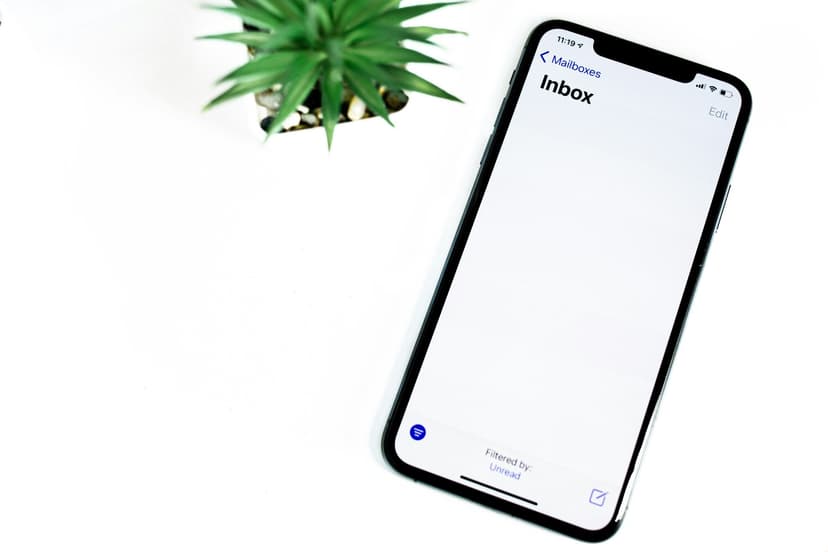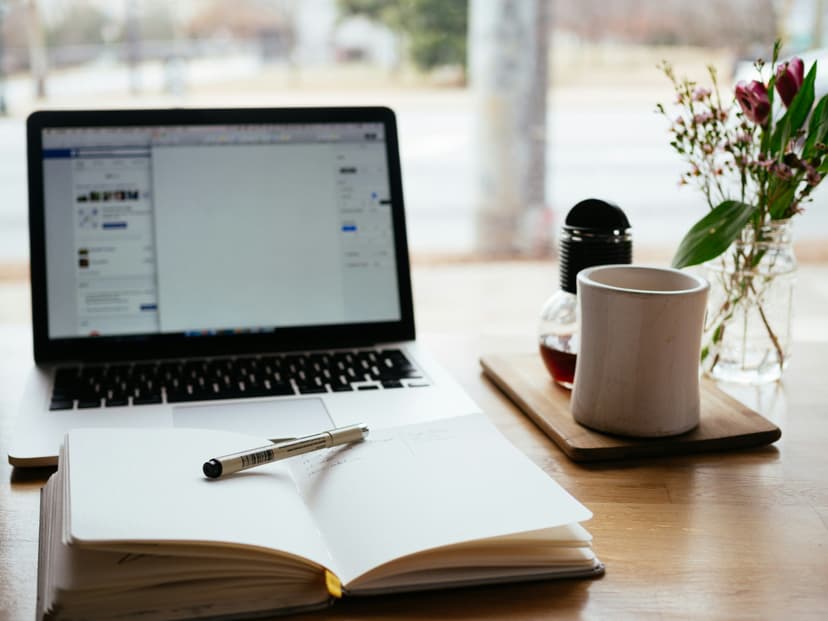The Perfect Follow-Up Email After Initial Consultation: Template and Best Practices
Master the art of post-consultation follow-ups with our comprehensive guide and professional email template. Learn timing, structure, and best practices to convert prospects into clients.

In today's professional landscape, the follow-up email after an initial consultation can make or break your relationship with a potential client. Whether you're a consultant, coach, designer, or any other service provider, mastering this crucial communication can significantly impact your conversion rates and client relationships.
Why Follow-Up Emails Matter
The initial consultation is just the beginning of your client relationship. A well-crafted follow-up email serves multiple purposes:
- Demonstrates professionalism and attention to detail
- Reinforces key points discussed during the consultation
- Creates a clear path forward for both parties
- Provides documentation of discussed items
- Maintains momentum in the sales process

Key Elements of an Effective Follow-Up Email
1. Timing
Send your follow-up email within 24 hours of the consultation. This shows eagerness and helps keep the conversation fresh in everyone's mind.
2. Clear Subject Line
Your subject line should be immediately recognizable and relevant. Examples:
- "Next Steps Following Our [Date] Consultation"
- "Action Items from Our Discussion | [Your Company]"
- "Summary and Path Forward | [Project Name]"
3. Professional Structure
A well-structured follow-up email should include:
- Appreciation for their time
- Summary of key discussion points
- Clear next steps
- Relevant attachments or resources
- Easy-to-find contact information
The Perfect Follow-Up Template
Here's a template you can customize for your needs:
Subject: Thank you for our consultation | Next steps with [Company Name]
Dear [Name],
Thank you for taking the time to meet with me yesterday to discuss [specific project/need]. I'm excited about the possibility of helping you [achieve specific goal/outcome].
Key Points from Our Discussion:
• Your current situation: [Brief description]
• Your goals: [List main objectives]
• Proposed solutions: [Summary of recommendations]
Next Steps:
1. [Action item with deadline]
2. [Action item with deadline]
3. [Action item with deadline]
Investment and Timeline:
- Project scope: [Brief description]
- Timeline: [Duration]
- Investment: [Price range/packages]
I've attached [relevant documents] for your review. To move forward, simply [specific instruction].
Please don't hesitate to reach out if you have any questions. I'm looking forward to potentially working together.
Best regards,
[Your name]
[Role/Company]
[Contact information]
Best Practices for Follow-Up Emails
1. Personalization
Always reference specific details from your conversation. This shows you were actively listening and helps build trust.
2. Clarity and Conciseness
While being comprehensive is important, keep your email focused and easy to scan. Use bullet points and short paragraphs.
3. Call to Action
Make the next step crystal clear. Whether it's signing a contract, scheduling another call, or reviewing a proposal, the recipient should know exactly what to do next.
4. Professional Formatting
- Use consistent fonts and sizing
- Include proper spacing between paragraphs
- Ensure all links are working
- Check that attachments are properly referenced and included
5. Mobile Optimization
Many clients will read your email on mobile devices. Keep paragraphs short and use plenty of white space for better readability.
Common Mistakes to Avoid
1. Being too generic: Your follow-up should reflect the specific conversation you had.
2. Information overload: While being thorough is good, overwhelming the client with too much information can be counterproductive.
3. Lack of clear next steps: Don't leave the ball in limbo – always specify what happens next.
4. Poor formatting: Walls of text are intimidating and hard to read.
5. Delayed response: Waiting too long to send the follow-up email can lose momentum.
Following Up on Your Follow-Up
If you don't receive a response within a reasonable timeframe (typically 3-5 business days), it's appropriate to send a gentle reminder. Keep it brief and friendly:
Subject: Quick follow-up on our consultation
Hi [Name],
I wanted to quickly check in regarding our discussion last week. Have you had a chance to review the information I sent over? I'm happy to clarify any questions you might have.
Best regards,
[Your name]

Conclusion
A well-crafted follow-up email after an initial consultation is crucial for maintaining professional relationships and moving projects forward. By following these guidelines and customizing the template to your specific needs, you can create effective follow-up emails that help convert prospects into clients.
Remember, the key is to be prompt, professional, and personal while providing clear next steps. With practice, this process will become second nature and contribute significantly to your business success.
Pro Tips
- Save your template in a easily accessible place for quick customization
- Create different versions for different types of consultations
- Track which versions perform better and refine accordingly
- Use email tracking tools to know when your follow-ups are read
- Set up reminders to follow up if you don't receive a response

What is the Inbox Zero Method & How do I Master It?
Discover the Inbox Zero method and learn simple steps to take control of your email inbox, stay organized, and boost productivity.

4 Email Productivity Hacks from Tim Ferriss, Andrew Huberman, and Sam Harris
Explore 4 powerful email productivity hacks from tech and wellness experts like Tim Ferriss and Andrew Huberman. Learn to create focus, optimize processing, manage time wisely, and delegate effectively to conquer your inbox.

Top 7 Email Management Tips of 2024
Get ahead with the top 7 email management tips. Improve your inbox efficiency and stay organized with these essential strategies.

The Top AI Email Management Tool For Better Communication
Explore the top AI email management tool for better communication. Discover the best solutions to streamline your email processes.